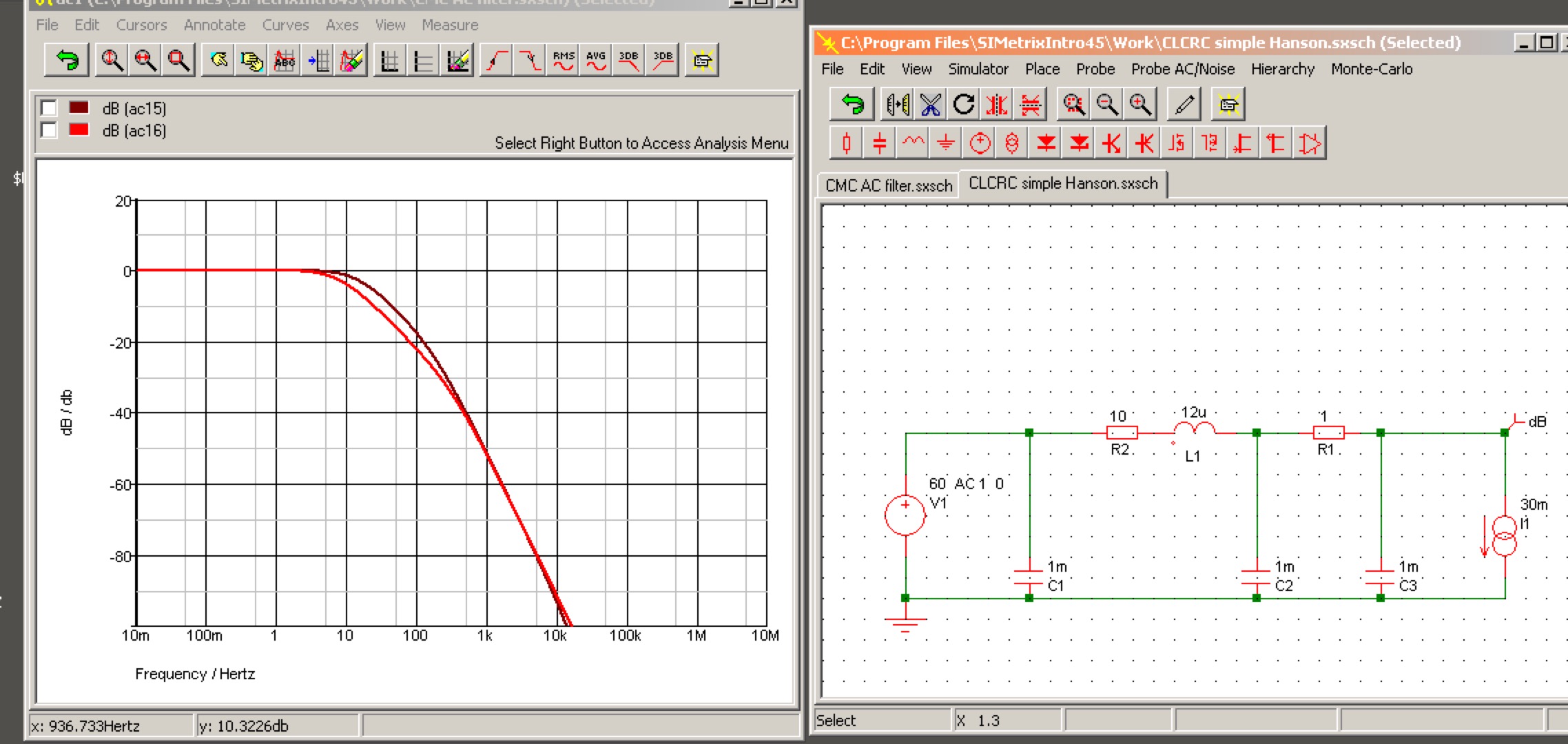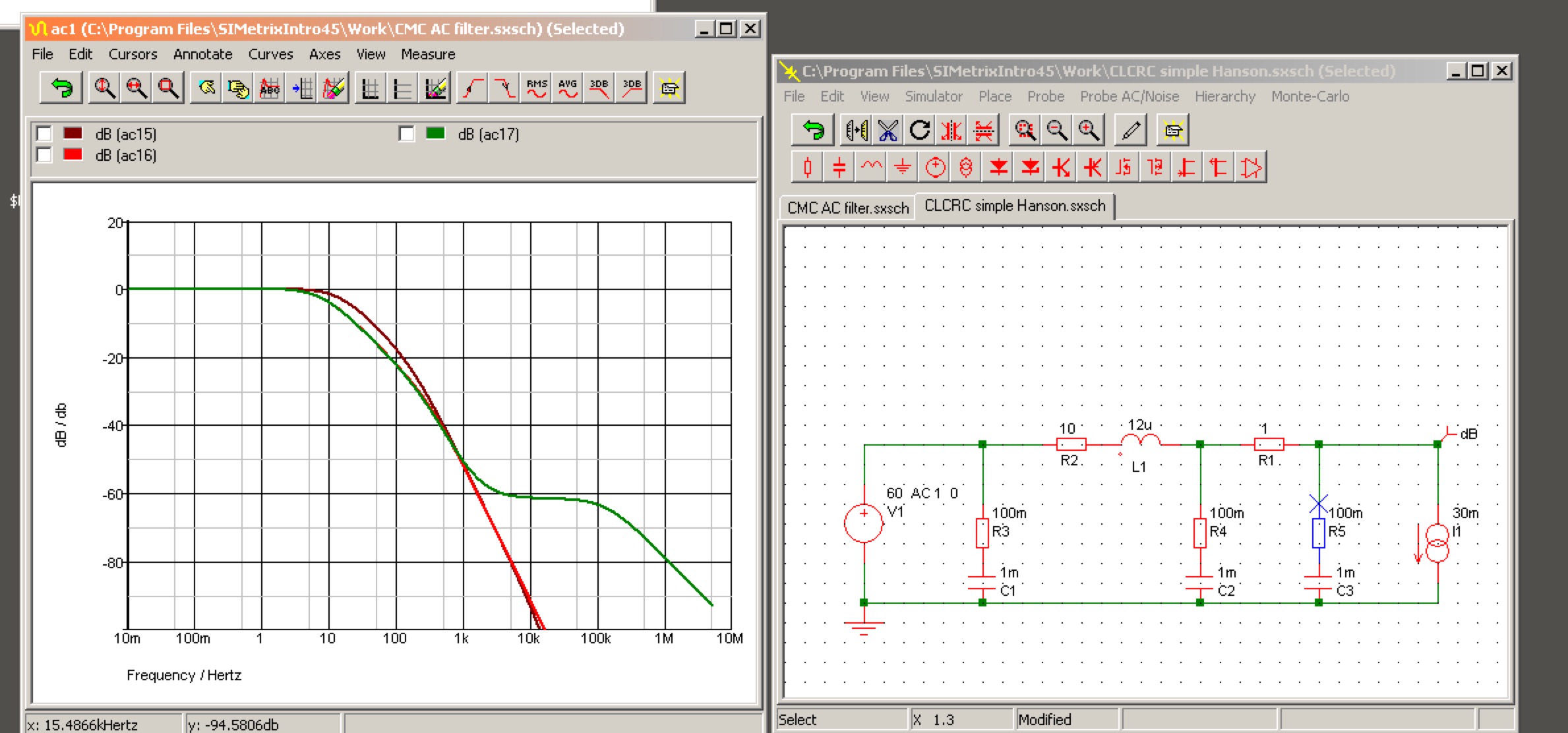Mike Hanson
Trying to understand...
I was going to use an existing HackerCap to power the input stage on an Avondale NCC300 (Voyager config). I just realized that the capacitors in the HackerCap are rated at only 63VDC, so I need to do something different.
Additionally, the caps in this module are 10,000 µF, so 60,000 µF total for the bank of six. There are also 12 mH inductors between each bank (CLCLC). That seems like far too much for the input stage, which I've been told will draw about 30 mA.
My first thought was to swap in 100VDC caps with a lower capacitance, but removing those is a bit of a hassle, and I could reuse the existing HackerCaps for another project.
Instead, I thought I might put something together with busboard, using 4 capacitors instead of 6, again with 12 mH chokes between the two banks (CLC). I have an existing Avondale FWB rectifier, so I don't need the rectification onboard.
Assuming that's a feasible approach, I'm pondering what size of caps to use. Would 1,000 µF be sufficient per cap? Or perhaps 2,000 µF for the first bank, then 1,000 µF after the choke. The total would be 6,000 µF, just one-tenth of the existing HackerCap.
Any thoughts?
Additionally, the caps in this module are 10,000 µF, so 60,000 µF total for the bank of six. There are also 12 mH inductors between each bank (CLCLC). That seems like far too much for the input stage, which I've been told will draw about 30 mA.
My first thought was to swap in 100VDC caps with a lower capacitance, but removing those is a bit of a hassle, and I could reuse the existing HackerCaps for another project.
Instead, I thought I might put something together with busboard, using 4 capacitors instead of 6, again with 12 mH chokes between the two banks (CLC). I have an existing Avondale FWB rectifier, so I don't need the rectification onboard.
Assuming that's a feasible approach, I'm pondering what size of caps to use. Would 1,000 µF be sufficient per cap? Or perhaps 2,000 µF for the first bank, then 1,000 µF after the choke. The total would be 6,000 µF, just one-tenth of the existing HackerCap.
Any thoughts?






